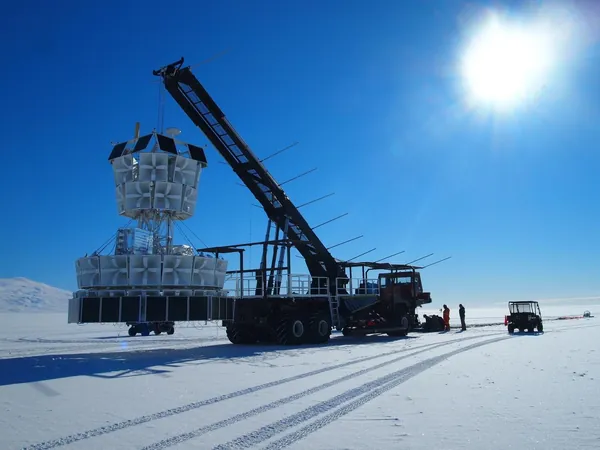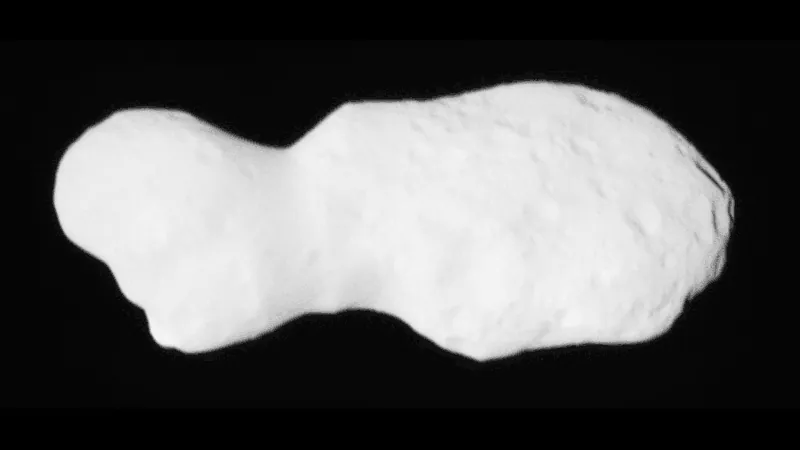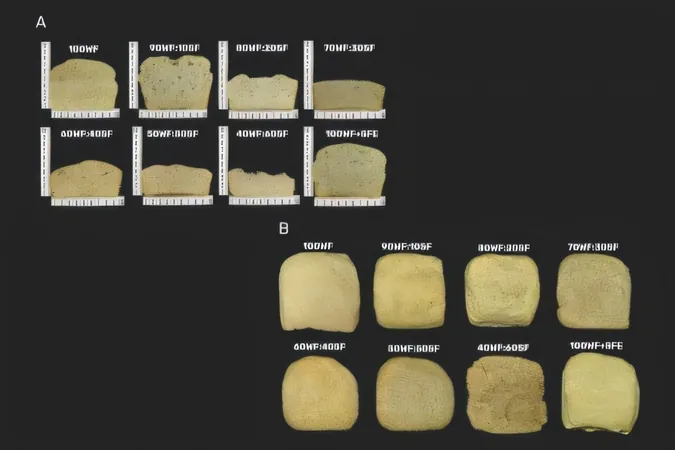
Mystifying Radio Pulses Emanating from Antarctica: What Are They?
2025-06-13
Author: Sophie
Bizarre Signals Disrupt Our Understanding of Physics
In a groundbreaking discovery, a cosmic particle detector known as the Antarctic Impulsive Transient Antenna (ANITA) has recorded a series of perplexing radio pulses from beneath the icy expanses of Antarctica. This unsettling finding, shared by an international team including Penn State scientists, challenges existing paradigms in particle physics.
Signals from Below the Ice?
Rather than bouncing off the ice as expected, these strange radio signals seem to be emanating from below the Antarctic horizon—a phenomenon that isn't explained by current physics principles. Such anomalies could indicate the existence of previously unknown particles or radical new interactions in the universe.
A Deep Dive into Neutrinos and Cosmic Mysteries
Stephanie Wissel, an associate professor involved in the research, described the radio waves as arriving at steep angles, traveling approximately 30 degrees below the surface. She noted that for these signals to reach the detector, they would have had to traverse thousands of kilometers of rock, which should have rendered them undetectable due to absorption.
Wissel emphasized the intrigue of these findings: "What we do know for certain is that these signals are likely not from neutrinos," the elusive subatomic particles notoriously difficult to detect despite their abundant presence in the universe.
Decoding Signals to Uncover the Cosmos
Neutrinos come from explosive cosmic events, like supernovae and even the Big Bang, traveling nearly at the speed of light. When detected, they can offer extraordinary insights into cosmic events far beyond the observable universe.
Wissel and her team aim to design advanced neutrino detectors to capture these rare signals. Even the smallest detection can unlock critical information about cosmic phenomena.
How ANITA Works: A Balloon-Borne Quest
ANITA operates by flying high above Antarctica, where interference from other signals is minimal. The balloon-borne radio detectors scan the ice for interactions with neutrinos, focusing on a specific type known as tau neutrinos.
These neutrinos create tau leptons when they interact, leading to detectable emissions called air showers. If visible, these emissions might resemble a 'sparkler,' showcasing how researchers can differentiate between signals and identify the underlying particles.
Unraveling the Anomaly
Despite rigorous analysis and comparisons with data from other facilities like the IceCube Experiment, researchers could not find insights that explained the unexpected signals detected by ANITA. This has led them to classify these signals as "anomalous," very likely stemming from something other than neutrinos.
A Glimpse into the Future with PUEO
With nearly a decade of experience in neutrino detection, Penn State researchers are now turning their attention to an even larger project dubbed PUEO, designed to improve detection sensitivity. Wissel is optimistic that future flights will yield more clues about these enigmatic signals, highlighting the ongoing mysteries of the universe.
In her words, "these anomalies could point to something fascinating, and detecting neutrinos would be a game-changer for our understanding of the cosmos." As we look to Antarctica, the revelations it holds may redefine our grasp of particle physics and unlock secrets hidden in the chilly, remote expanses of Earth.









 Brasil (PT)
Brasil (PT)
 Canada (EN)
Canada (EN)
 Chile (ES)
Chile (ES)
 Česko (CS)
Česko (CS)
 대한민국 (KO)
대한민국 (KO)
 España (ES)
España (ES)
 France (FR)
France (FR)
 Hong Kong (EN)
Hong Kong (EN)
 Italia (IT)
Italia (IT)
 日本 (JA)
日本 (JA)
 Magyarország (HU)
Magyarország (HU)
 Norge (NO)
Norge (NO)
 Polska (PL)
Polska (PL)
 Schweiz (DE)
Schweiz (DE)
 Singapore (EN)
Singapore (EN)
 Sverige (SV)
Sverige (SV)
 Suomi (FI)
Suomi (FI)
 Türkiye (TR)
Türkiye (TR)
 الإمارات العربية المتحدة (AR)
الإمارات العربية المتحدة (AR)